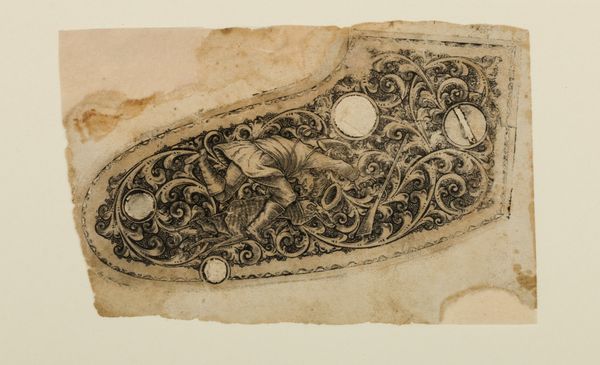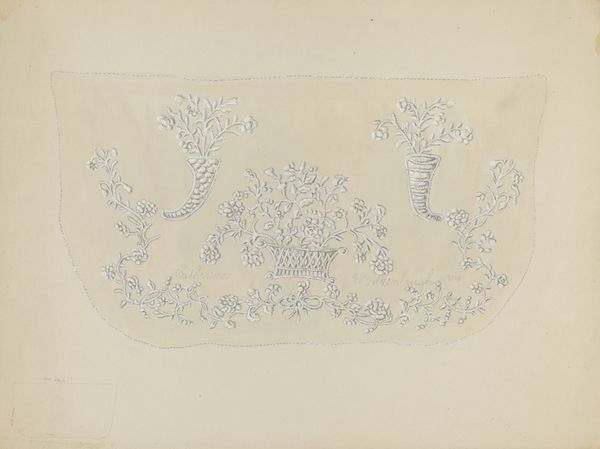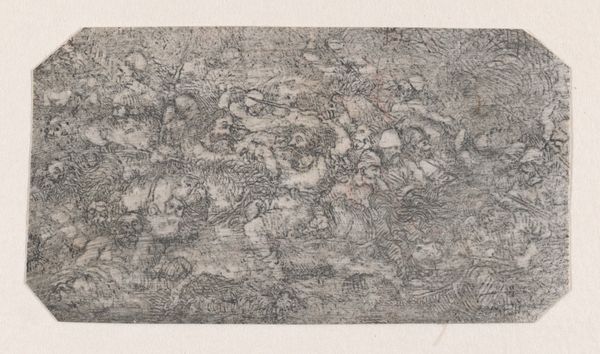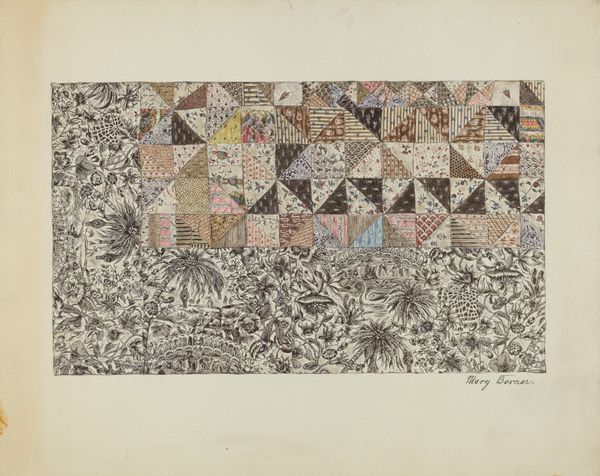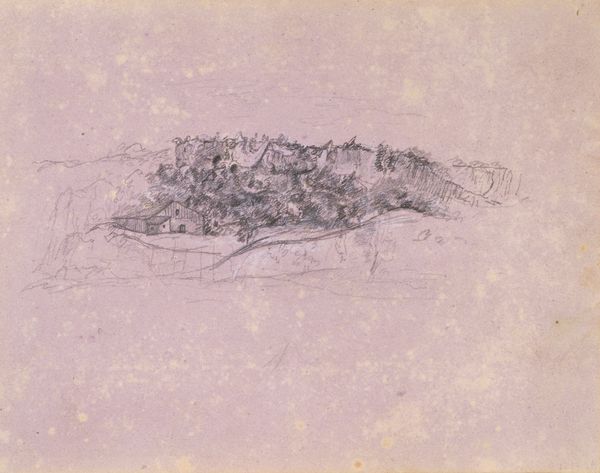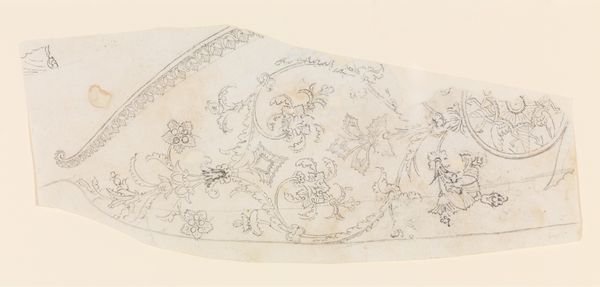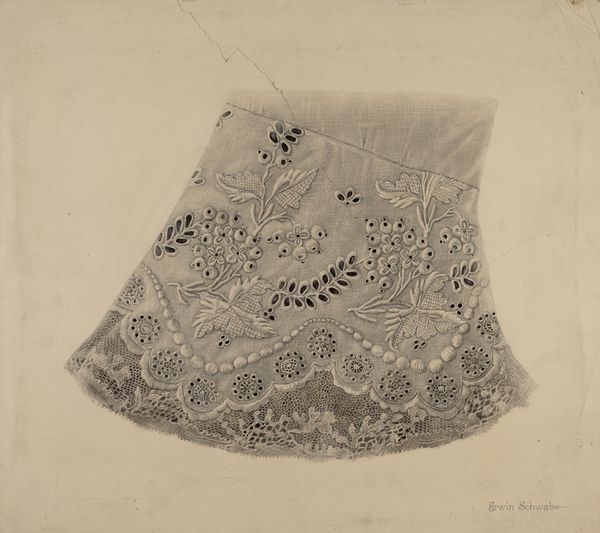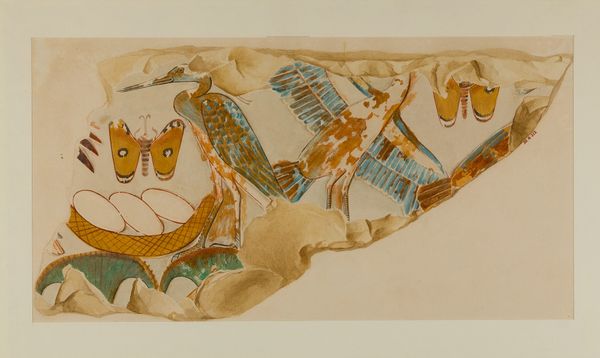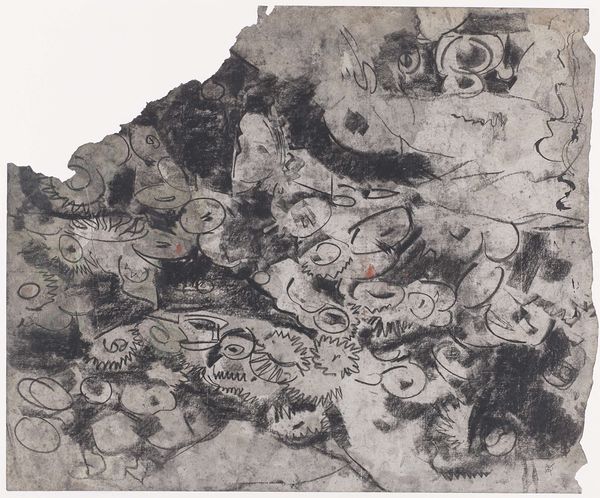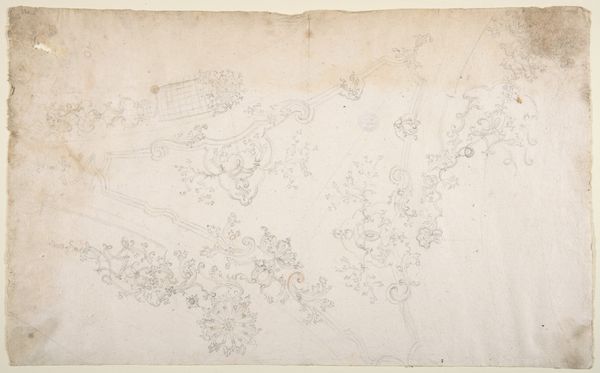
drawing, mixed-media, paper, watercolor
#
drawing
#
mixed-media
#
paper
#
watercolor
#
mixed medium
#
mixed media
#
watercolor
Dimensions: overall: 23.5 x 31.4 cm (9 1/4 x 12 3/8 in.) Original IAD Object: 4" wide; 6" long
Copyright: National Gallery of Art: CC0 1.0
Editor: We're looking at Florence Truelson’s "Silk Lace," made around 1937. It's a drawing, using mixed media including watercolor on paper. I’m immediately struck by the delicate, almost ephemeral quality of the lace captured here. How should we read it? Curator: The rendering is undeniably intricate, but I am compelled to consider its making, and thus, its socio-economic context. Lace, often associated with luxury and the elite, masks the immense labor involved in its production, especially during this period. Think about the working conditions, the often marginalized women who would have toiled meticulously over these fragile designs. Editor: So, you’re seeing it less as an object of beauty and more as an indicator of labour practices? Curator: Precisely. Truelson’s medium, watercolour and mixed media, itself echoes the delicacy of the lace but also abstracts and elevates it. The question becomes, is she celebrating craftsmanship or subtly critiquing the exploitative nature of its creation by drawing our attention to the process of replicating the original texture? Are we meant to consider this art versus craft? Editor: That's a fascinating way to look at it! I was focused on the formal qualities, the visual intricacy. Curator: Consider, too, how easily the 'high art' of drawing mimics or borrows from the 'low art' of lacemaking. The very act of representing silk lace as an object of artistic value on paper challenges our understanding of those social constructs. What constitutes value, and who determines that value? Editor: So by making a 'drawing' of 'lace', Truelson blurs the lines between artistic creation and the labour that crafts everyday or ornamental objects, inviting questions around class and gender divisions embedded within consumerism. Curator: Exactly! And by understanding the material reality behind seemingly decorative items, we can uncover the stories woven into their threads. Editor: That perspective gives a much deeper meaning to the artwork. It's definitely changed how I appreciate it!
Comments
No comments
Be the first to comment and join the conversation on the ultimate creative platform.

